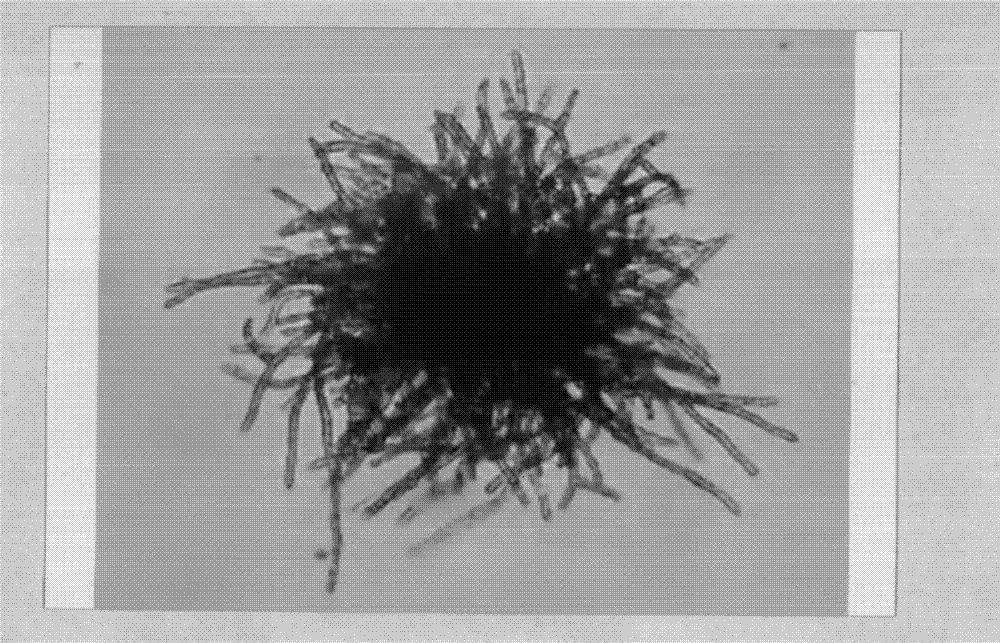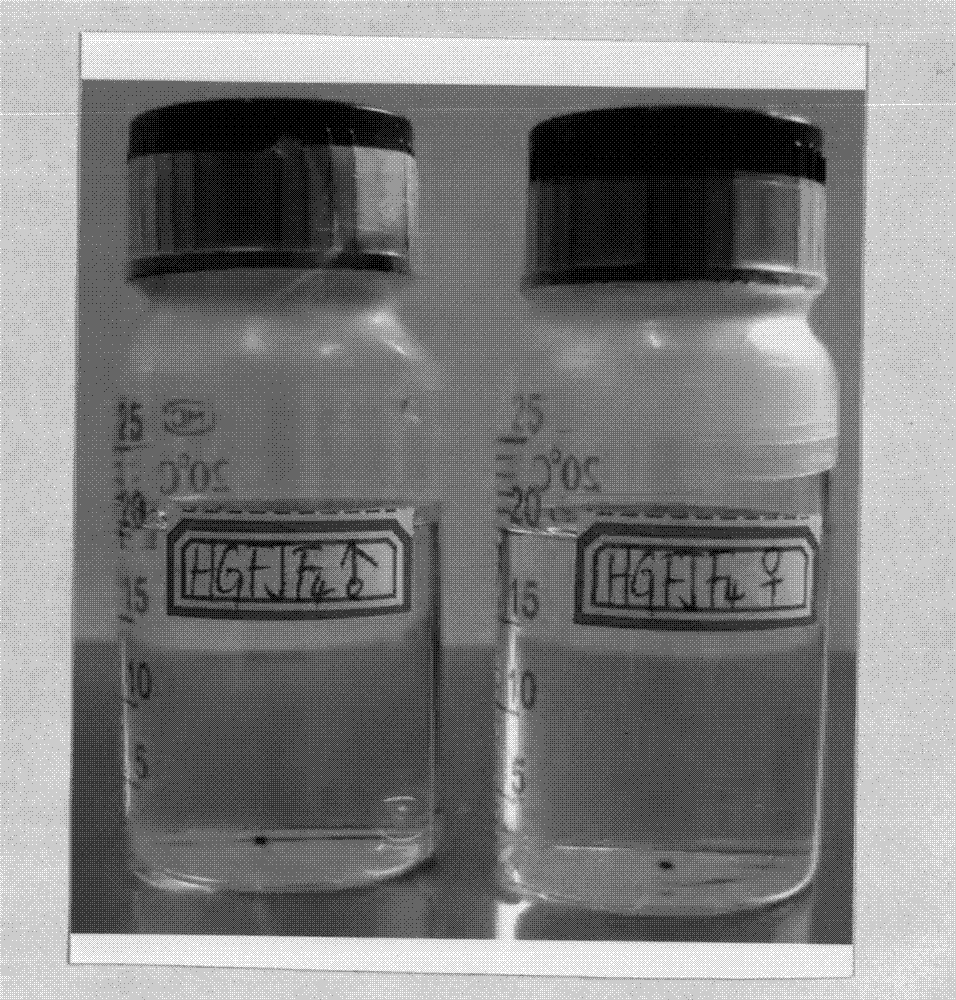Method for cloning and culturing seaweed gametophytes
A cultivation method and gametophyte technology are applied in the field of cultivation of kelp gametophyte clones, which can solve problems such as unfavorable long-term preservation, loss of germplasm resources, difficulty in long-term preservation, etc., and achieve the effects of reducing cultivation costs, reducing workload, and maintaining stable traits.
- Summary
- Abstract
- Description
- Claims
- Application Information
AI Technical Summary
Problems solved by technology
Method used
Image
Examples
Embodiment Construction
[0019] Below in conjunction with accompanying drawing and embodiment describe in detail:
[0020] A kind of kelp gametophyte cloning cultivation method of the present invention is realized by the following methods:
[0021] 1. Clipping the kelp block: clipping the sporangia part of mature kelp that has excellent properties, no disease and rot, and has not been released, that is, cutting the kelp block with mature sporangia. The cultured kelp is annual, and the sporangia of cultured kelp generally appear from May to August every year; the wild kelp is biennial, and the sporangia of wild kelp generally appear from October to November every year.
[0022] 2. Pretreatment of the kelp block: pretreat the kelp block with mature sporangia, that is, use sterilized absorbent cotton to soak the boiled and sterilized seawater cooled to 10°C, and carry out the treatment on the kelp block with mature sporangia. Scrub fully to remove mucus, miscellaneous algae and other attachments on the ...
PUM
 Login to View More
Login to View More Abstract
Description
Claims
Application Information
 Login to View More
Login to View More - R&D
- Intellectual Property
- Life Sciences
- Materials
- Tech Scout
- Unparalleled Data Quality
- Higher Quality Content
- 60% Fewer Hallucinations
Browse by: Latest US Patents, China's latest patents, Technical Efficacy Thesaurus, Application Domain, Technology Topic, Popular Technical Reports.
© 2025 PatSnap. All rights reserved.Legal|Privacy policy|Modern Slavery Act Transparency Statement|Sitemap|About US| Contact US: help@patsnap.com



